Ebikes are a fast and efficient way to commute and travel between destinations, and you have probably come across the term “Class 1 ebike” or “Class 3 ebike” before. So what is a Class 1 ebike exactly? What are the differences between ebikes of different classes?
In this blog, we’ll unravel the mystery behind this ebike classification system. We’ll introduce the definition of Class 1,2,3 ebikes and compare them pairwise. By the end of the blog, you will have a firm grasp of this simple yet useful classification system and make informed decisions when choosing your own ebike. Get started now!

What Is a Class 1 Ebike?
Before delving into the specifics of Class 1 ebikes, let's take a moment to understand the broader context of the three-tier ebike classification system.
The 3-tier ebike class system was initially introduced by the PeopleForBikes Coalition and the Bicycle Product Suppliers Association (BPSA). The aim of these organizations was to provide a legal foundation to address the growing popularity of electric bikes.
Under this classification system, Class 1 ebikes make up the lowest tier. The key features of Class 1 ebikes are:
- It is a pedal-assist-only e-bike, meaning the motor only provides assistance when the rider is pedaling. In other words, there is no throttle to propel the bike without pedaling.
- The motor stops providing assistance once the bike reaches a speed of 20 mph.
- A speedometer is not mandatory.
Due to the relatively slow speed of Class 1 ebikes, they are subject to the least number of restrictions. Typically, you don’t need special licenses to ride a Class 1 ebike, and you can ride it in the majority of areas where traditional bikes are allowed. Class 1 ebikes are also the most efficient out of the 3 classes thanks to their exclusive reliance on the pedal assist, thus conserving battery power.
What Is a Class 2 Electric Bike?
Next in our classification system come Class 2 ebikes. Class 2 ebikes can be viewed as an upgrade from Class 1 ebikes. Their essential features are:
- Equipped with both pedal-assist functionality and a throttle.
- Maximum assisted speed is 20mph.
- A speedometer is not mandatory.
Roughly speaking, Class 2 ebikes are something of an average between Class 1 and Class 3 ebikes in terms of sophistication level.
What Is a Class 3 Ebike?
The highest tier in our classification system is Class 3. Class 3 ebikes consist of ebikes that meet the following conditions:
- Support pedal assistance.
- Maximum assisted speed is 28mph.
- A speedometer is mandatory.
Class 3 ebikes are the fastest class of ebikes. As a result, they are regulated to a heavier degree than the slower Class 1 and Class 2 ebikes. For example, there might be age limitations or allowed riding area limitations depending on local authorities.
Class 1 vs Class 2 Ebike
With the definitions of Class 1,2, and 3 ebikes laid out, let’s compare them pairwise to shed light on how these classes differ.
How do Class 1 ebikes differ from Class 2 ebikes? From our definition above, we can infer that these two categories differ primarily in the way their motors are engaged.
For Class 1 ebikes, delivering power when not pedaling is out of the question; the motor only works when active pedaling is detected. However, since Class 2 ebikes come equipped with throttles, you can fully free your legs from pedaling work and let the motor do all the job.
In terms of subjective feeling, Class 1 ebikes resemble traditional bikes more closely. They are just like traditional bikes with an extra boost. On the other hand, Class 2 ebikes feel like more “real” or “mainstream” ebikes since they can be propelled with the total absence of pedaling.
Class 2 vs Class 3 Ebike
The primary difference between Class 2 vs Class 3 electric bikes is their maximum allowed assist speed. Class 2 ebikes offer pedal assist for up to 20mph, whereas for Class 3 ebikes, this number is 28mph. Another difference is that Class 3 ebikes typically do not have throttles despite their higher speed.
As previously stated, Class 3 ebikes are regulated the most tightly, as increased speed often implies decreased safety levels. This is why protective wear like helmets are often mandatory when riding Class 3 ebikes.
Class 1 vs Class 3 Ebike
The differences between Class 1 and Class 3 ebikes lie primarily in their maximum assisted speed. Class 1 ebikes provide pedal assist for up to 20mph, whereas Class 3 ebikes provide pedal assist for up to 28mph. In other words, a Class 1 ebike stops delivering assist once its speed reaches 20mph, while the motor of a Class 3 ebike only stops functioning when the speed hits the 28mph mark.
In terms of regulations, Class 1 and Class 3 ebikes lie on opposite ends of the spectrum. Class 1 ebikes enjoy the most freedom when it comes to allowed riding areas, licensing, age limits, etc., and they are often regarded almost the same as traditional bikes. The Class 3 ebikes are a different story though: they are subject to more stringent regulations (such as age restrictions) and may even require a license to ride.

Conclusion
Now you know the answer to “What is a Class 1 ebike” and the difference between the 3 classes of electric bikes. As we have seen, the 3-way e-bike classification system introduced above is intuitive, neat, and easy to grasp. Next time you invest in an e-bike, make sure to heed its class so that you can get the right one for your needs!
FAQ
Do I need a license or registration to ride a Class 2 or Class 3 ebike?
Licensing and registration requirements for Class 2 and Class 3 ebikes vary depending on local regulations. In many regions, Class 2 ebikes typically do not require a license or registration, as they adhere to the same regulations as traditional bicycles. However, Class 3 ebikes, with their higher speeds, may necessitate additional licensing or registration in some areas.
Can I modify a Class 2 ebike to make it a Class 3 ebike?
Modifying a Class 2 ebike to become a Class 3 ebike may be possible but is generally not recommended or legal. Class 3 ebikes are subject to specific regulations due to their higher speeds, and altering a Class 2 ebike to achieve the increased speed capabilities of a Class 3 model could compromise safety and legality. If you enjoy the fast speed of Class 3 ebikes, it is advised to invest in a quality Class 3 ebike directly. The HAOQI Cheetah Full Suspension, for example, is a quality Class 3 ebike with a dual suspension system, 25Ah long-range battery, and a 2-year warranty.



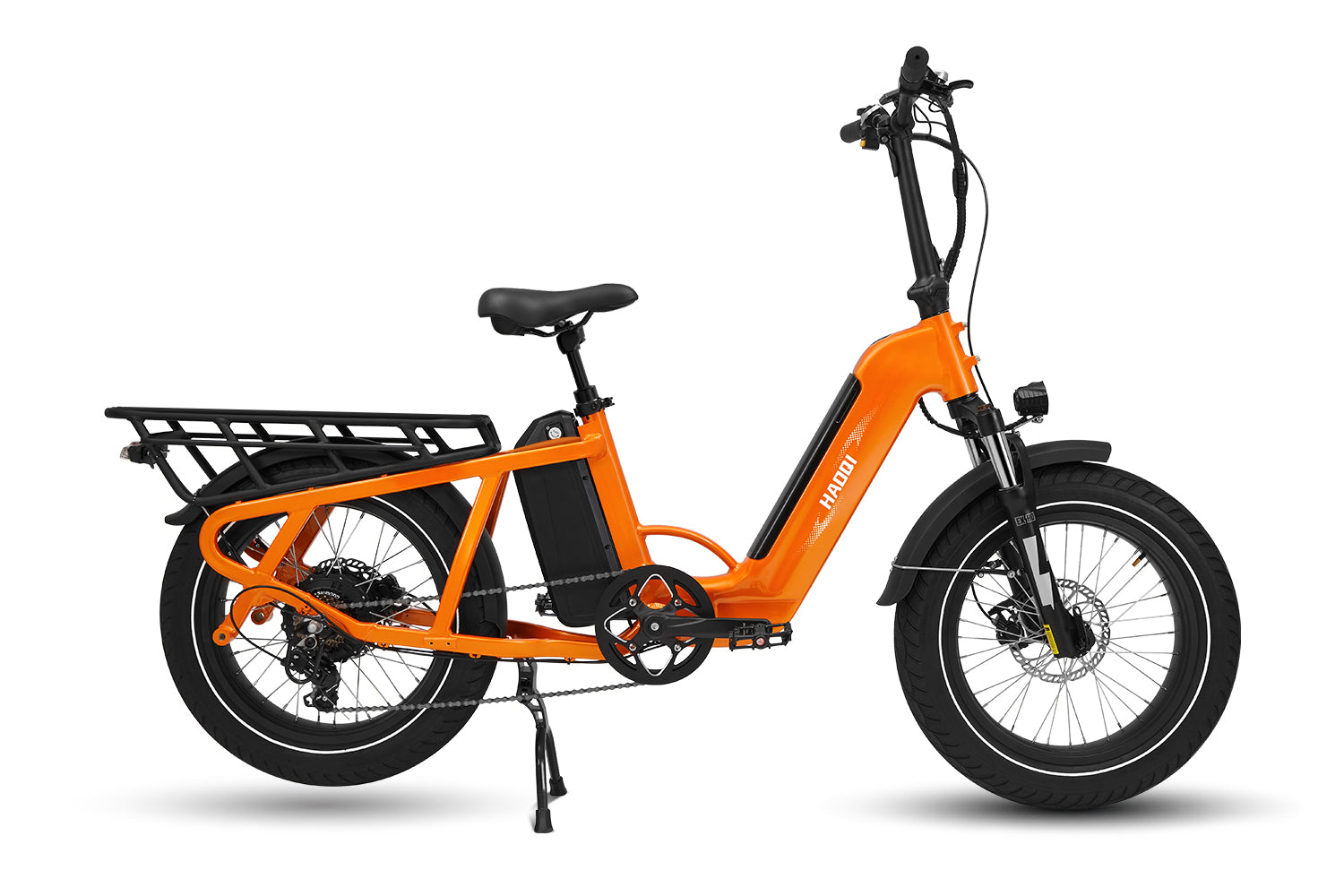

![HAOQI Antelope 500W Cargo Electric Bike (UL Certified) [electric bike] [HAOQI ebike]](http://haoqiebike.com/cdn/shop/products/haoqi-antelope-cargo-electric-bike-with-dual-battery-haoqiebike-com-1.jpg?v=1753954498&width=1500)
![HAOQI Squirrel Folding Electric Bike (UL Certified) [electric bike] [HAOQI ebike]](http://haoqiebike.com/cdn/shop/files/1_03c67b67-715e-4617-a648-51f108ceb425.jpg?v=1766473332&width=1500)
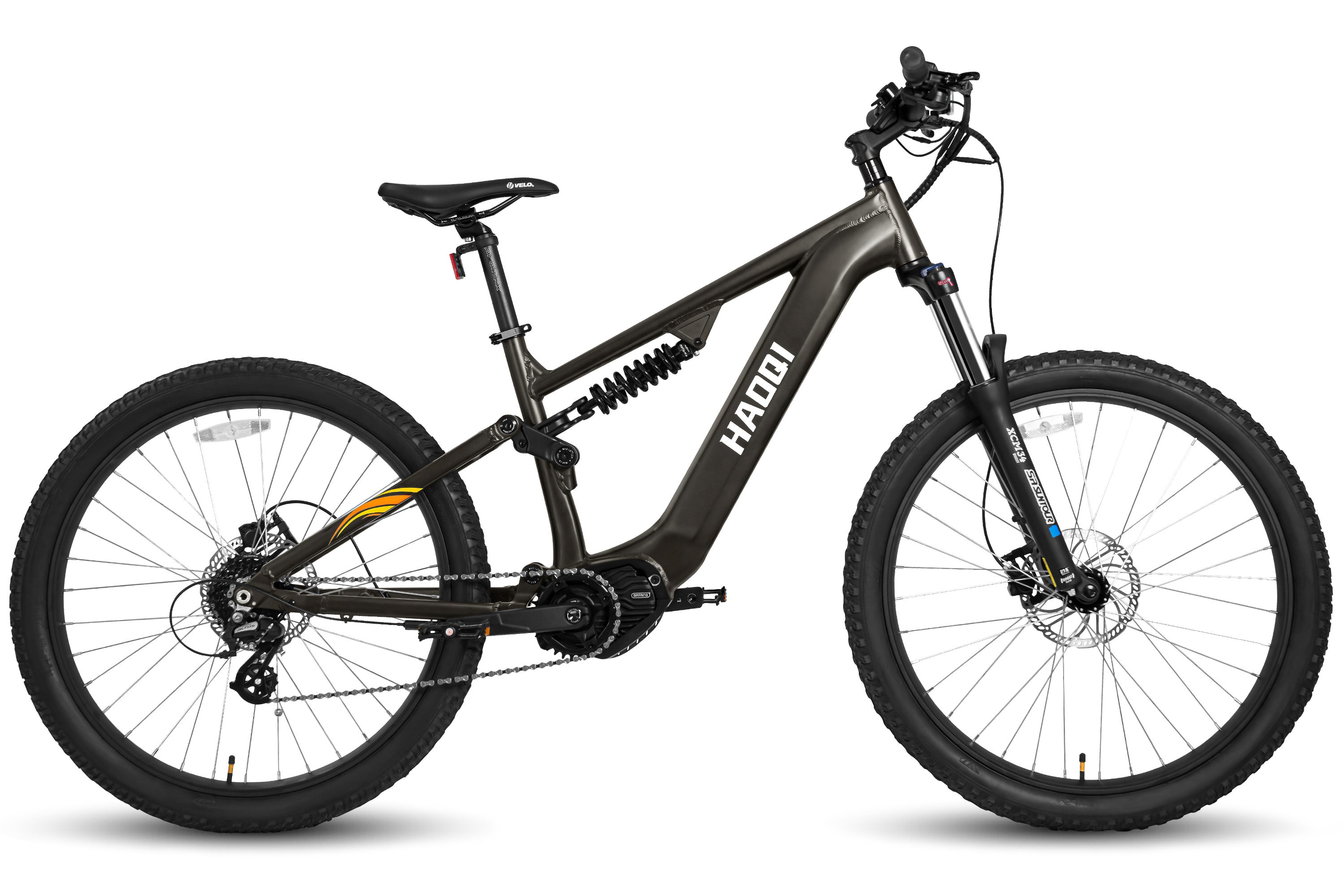
![HAOQI Eagle Long Range Electric Bicycle (UL Certified) [electric bike] [HAOQI ebike]](http://haoqiebike.com/cdn/shop/files/2_bf7ae46b-aad6-472a-9c14-d56ca3f0feb6.jpg?v=1755142722&width=1500)
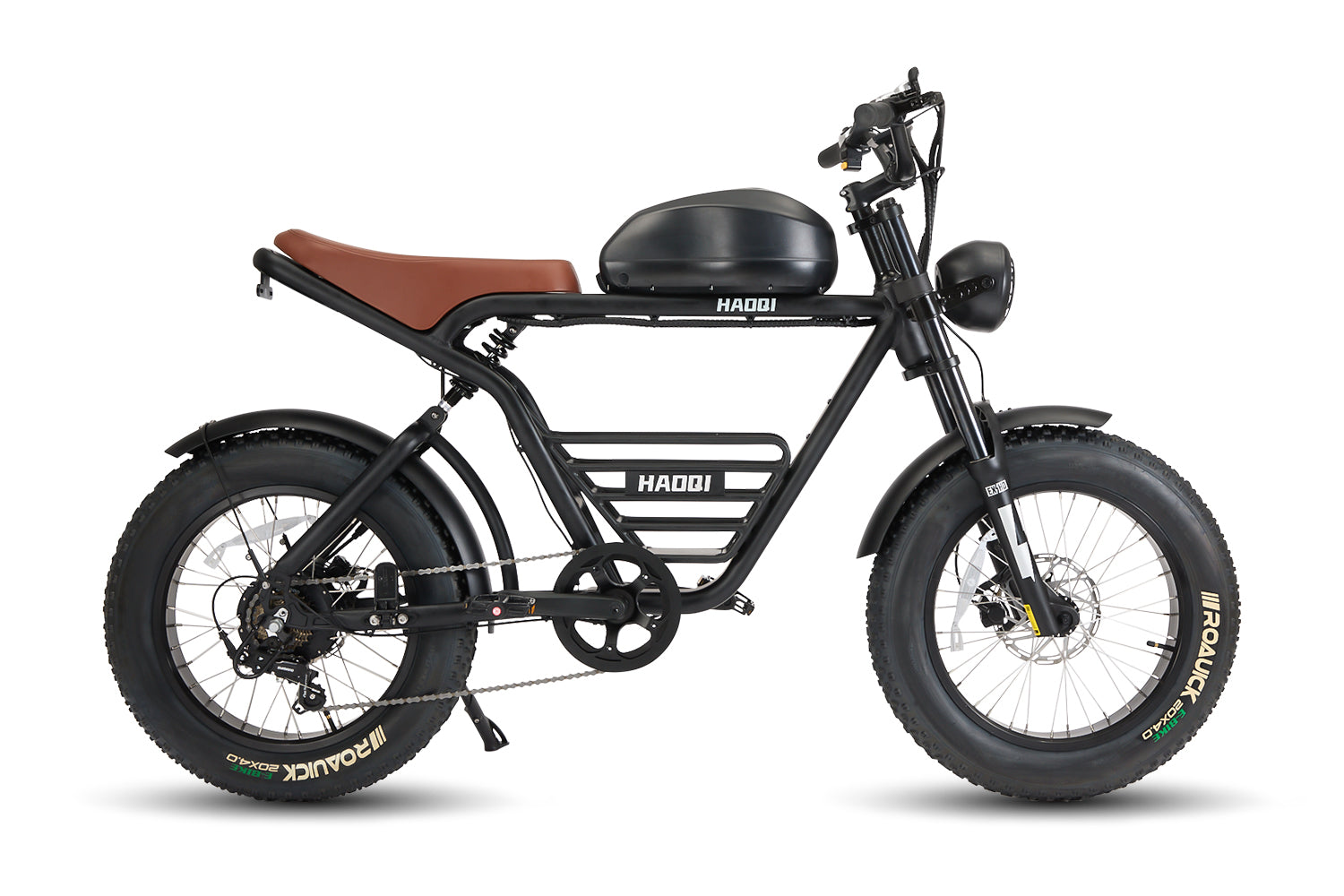
![HAOQI Antelope Pro 750W Cargo Electric Bike (UL Certified) [electric bike] [HAOQI ebike]](http://haoqiebike.com/cdn/shop/products/haoqi-antelope-pro-cargo-electric-bike-with-dual-battery-750w-haoqiebike-com-1.jpg?v=1751610204&width=1500)



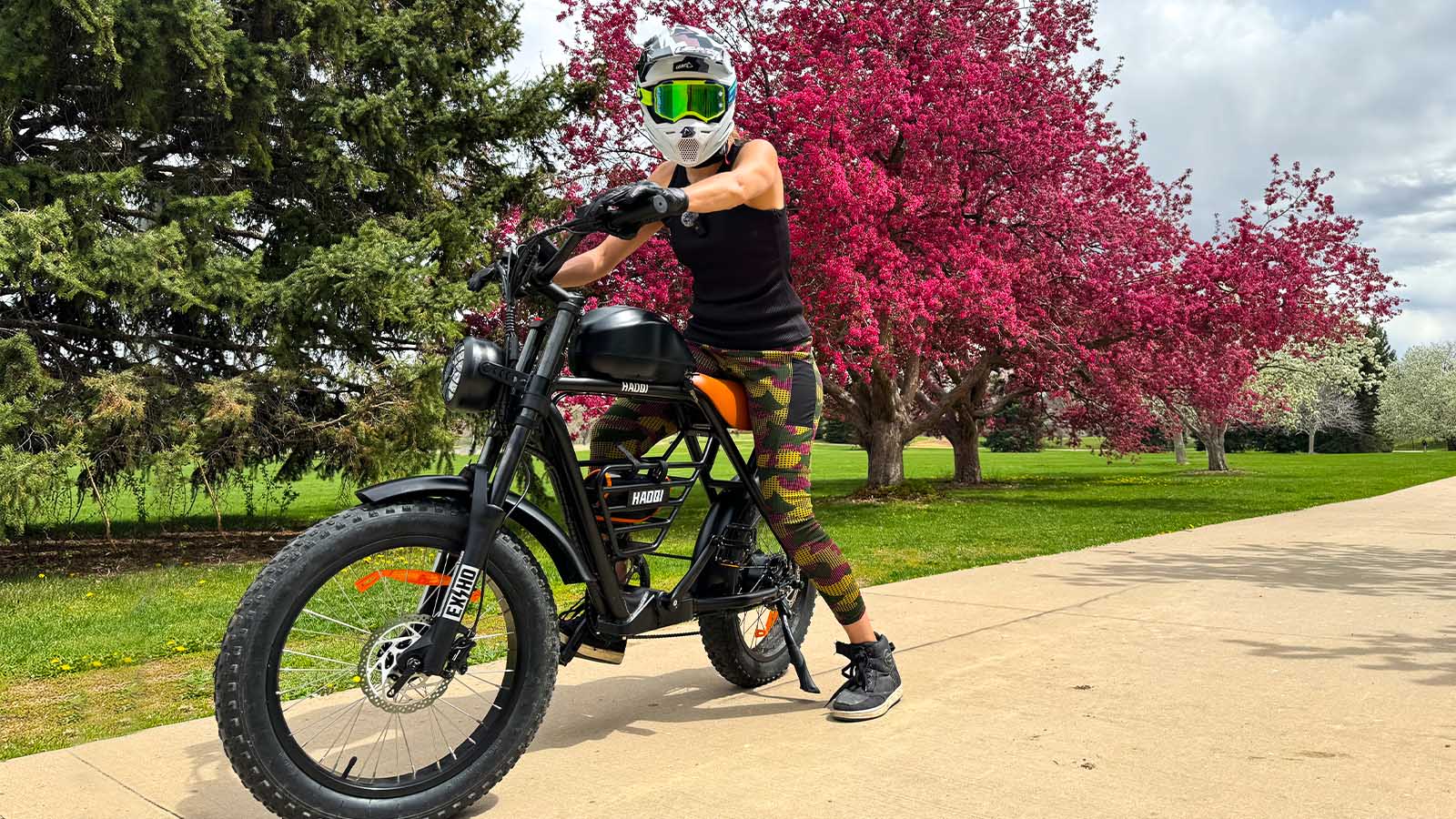
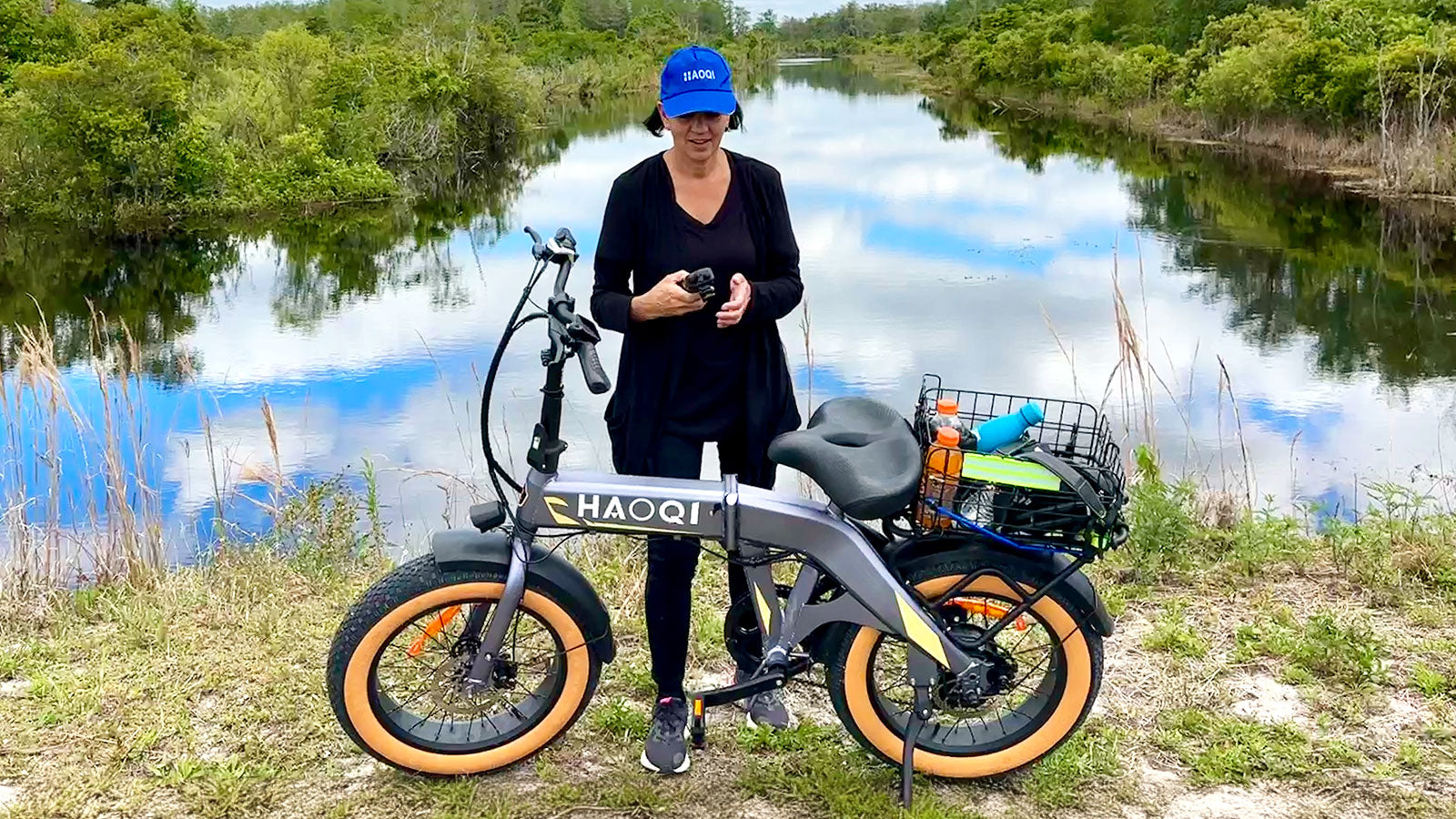




Leave a comment
All comments are moderated before being published.
This site is protected by hCaptcha and the hCaptcha Privacy Policy and Terms of Service apply.